
Henns Eggs on Poultry Deep Litter Stock Photo Image of farm, farming 14292634
Deep litter housing systems for laying hens vary in design and layout depending on the type of building. The classic form consists of 80-90 cm high dropping pits covered with wooden or plastic slats or wire mesh, which take up two-thirds of the floor space.. Table 1 Recommended daily nutrient allowances for brown-egg laying hens in deep.

Fresh Eggs Daily The Deep Litter Method/Winter Coop Cleaning Chicken coop winter, Chickens in
In "Eight Advantages of Deep Litter," Part 2 of the Beyond Eggs Series, I explained why an earth floor allows for in-place composting of the chickens' bedding and manure that's much more difficult on a concrete or wooden floor. It's called a deep-litter system. It has big benefits for the health and well-being of the chickens, and it.
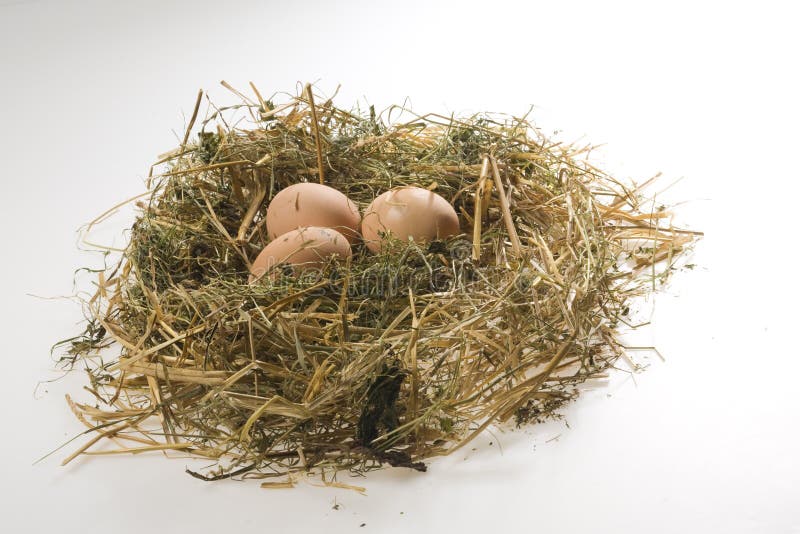
Hens Eggs on Poultry Deep Litter Stock Photo Image of nature, litter 14191906
The nutrient content of battery, deep litter and free range eggs from domestic hens under systems of management typical of those used in the commercial production of eggs was studied from January to hclarch 1968. 2. Monthly samples of eighteen eggs, supplied by six centres, were homogenized, freeze- dried, ground and stored at - 15~.
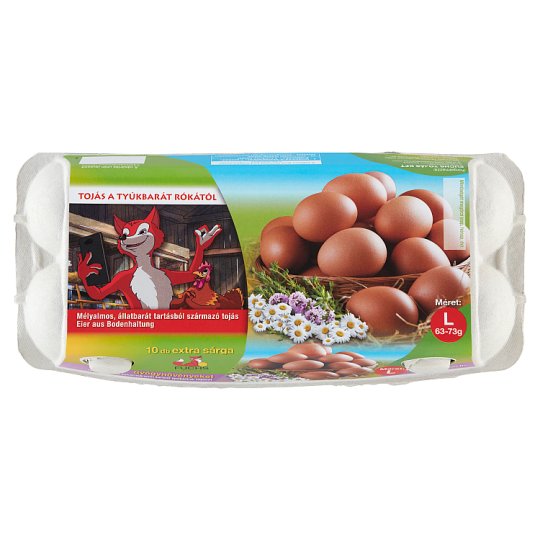
Fuchs Deep Litter Extra Yellow Eggs L 10 pcs Tesco Online, Tesco From Home, Tesco Doboz
be analyzed to make them less attractive. Eggs laid outside the nest are hygienically compromised and have to be marketed at discounts. In deep litter or perchery housing dust is generated by hens using the scratching area and moving about. To minimize health hazards for the birds, a good ventilation of the shed is essential. If the deep

The Deep Litter Method aka Chicken Coop Winter Composting Fresh Eggs Daily®
Here are some tips for the deep litter: Adding substantial amounts of food grade at the top layer, so that the poop may dry out in no time. Proper ventilation for the coop. The Importance of ventilation is really important for the respiration of the animals and for the materials to dry up. In order to estimate the levels of moisture you can.

The Deep Litter Method aka Chicken Coop Winter Composting Fresh Eggs Daily®
Barn egg production In the barn system hens are able to move freely around the house. The EU Welfare of Laying Hens Directive stipulates a maximum stocking density of 9 hens per square metre of useable area. Perches for the hens must be installed to allow 15 centimetres of perch per hen. Litter must account for one third of the ground surface.
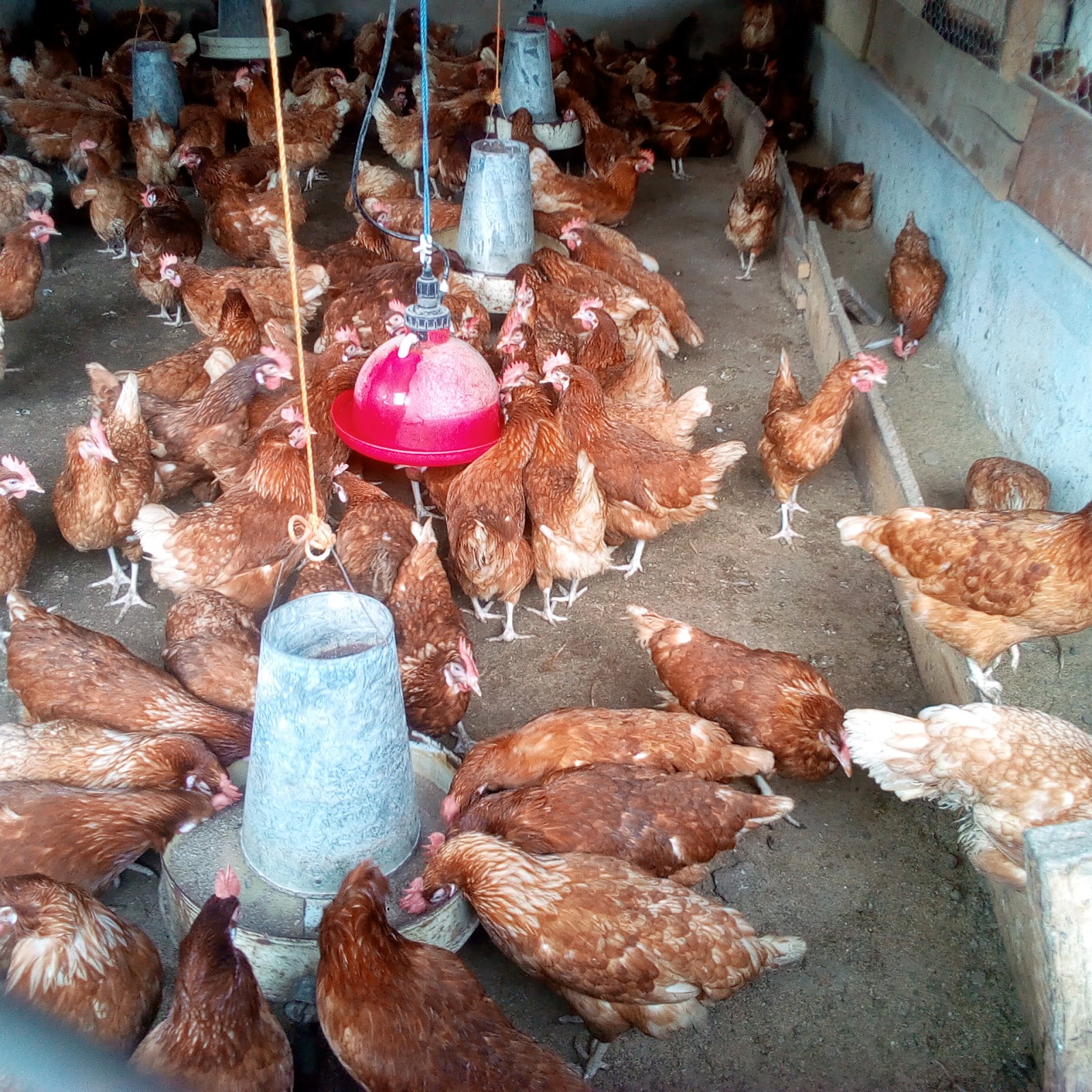
LAYER MANAGEMENT AND EGG PRODUCTION POULTRY
What is the deep litter method for chicken coops? With the deep litter method, you add thin layers of bedding when the top layer is dirty; the bedding underneath composts, which is beneficial to your chickens and can be used for later.

Fresh Eggs Daily The Deep Litter Method/Winter Coop Cleaning Chicken coop winter, Fresh eggs
BEYOND EGGS: Eight Advantages of Deep Litter Approximately a 6 minute read | Part 2 of a Series This article series is about managing your chicken flock effectively so that ALL of their outputs, not just the eggs, are put to good use in service of the ecosystem they live within - your garden or farm.

The Deep Litter Method aka Chicken Coop Winter Composting Fresh Eggs Daily®
Deep litter is an animal housing system, based on the repeated spreading of straw or sawdust material in indoor booths. [1] An initial layer of litter is spread for the animals to use for bedding material and to defecate in, and as the litter is soiled, new layers of litter are continuously added by the farmer. [2]
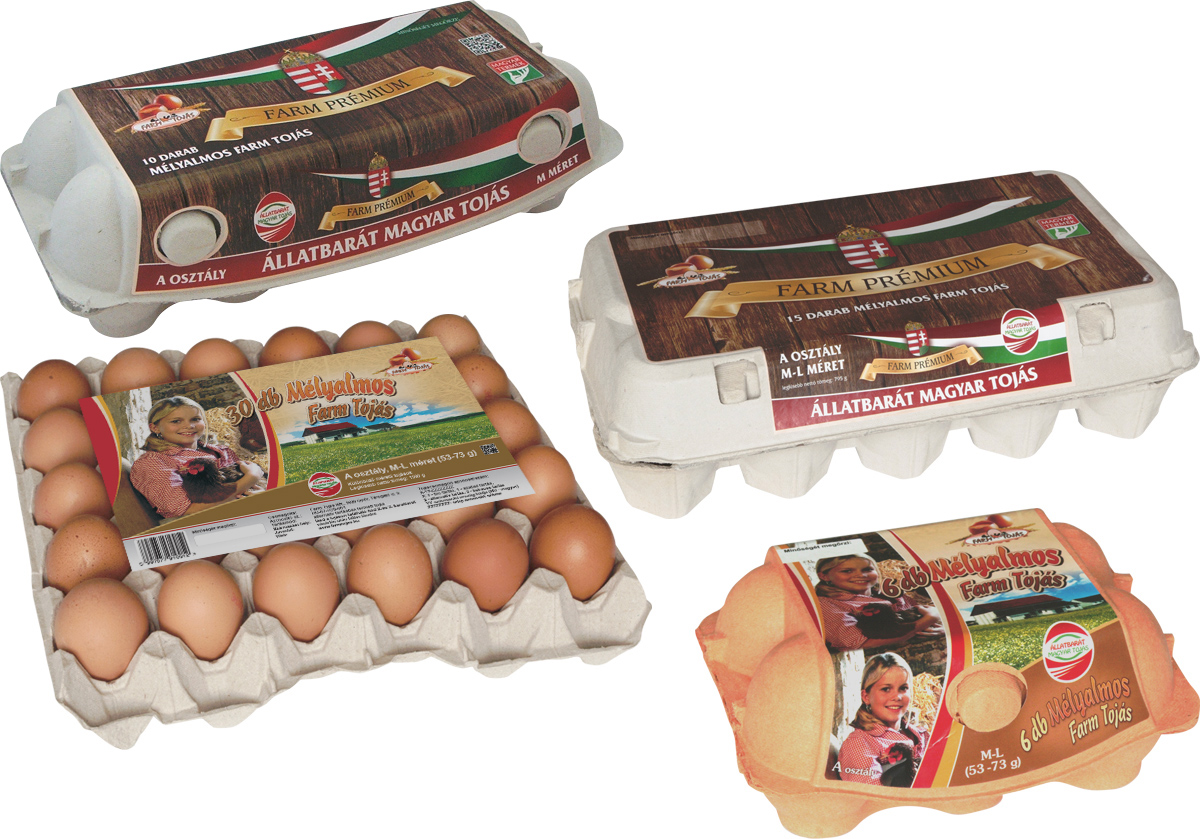
Deeplitter Farm Eggs
The quality comparison of eggs laid by laying hens kept in battery cages and in a deep litter system. Czech Journal of Animal Science, Vol. 51, Issue. 7, p. 318. CrossRef;. Survey of egg producers on the introduction of alternative housing systems for laying hens in Flanders, Belgium. Poultry Science, Vol. 90, Issue. 4, p. 941. CrossRef;
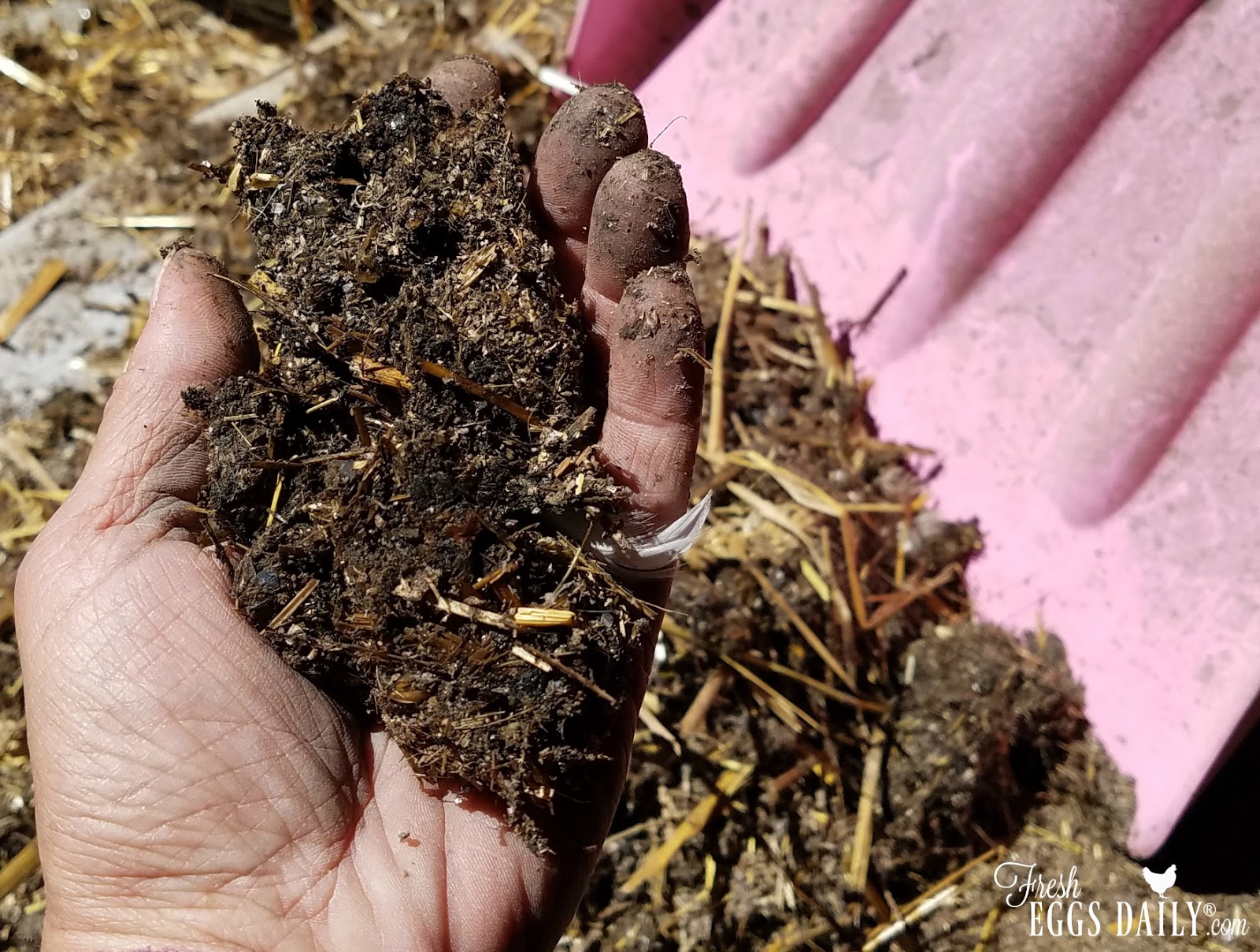
The Deep Litter Method aka Chicken Coop Winter Composting Fresh Eggs Daily®
The deep litter method is an essential system for keeping healthy chickens. It provides a sanitary (stink-free) environment for chickens. It provides great scratching for the chickens to find little critters to eat, otherwise known as microbes.
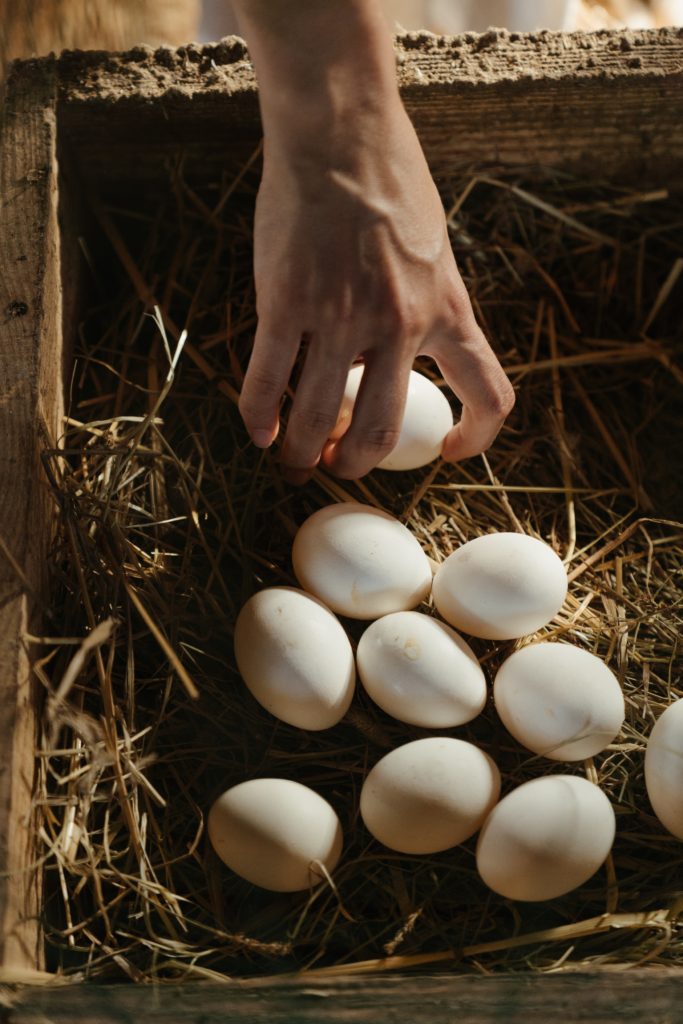
How & Why to Use the Deep Litter Method to Simplify Your Life with Ducks Blossoming Barn Farm
Where do 'supermarket' eggs come from? Eggs supplied to the supermarket come from three main sources. 1. Intensive Egg Production (Battery Hens) 2. Barn Housed Hens (Deep Litter) 3. Free Range Hens Details of these commercial productions are in our Fact Sheets.

Fuchs Deep Litter Extra Yellow Egg M 30 pcs Tesco Online, Tesco From Home, Tesco Doboz
Providing live food Our ideas (so far) for providing green and wriggly food sources are: Azolla [i] tanks in the chicken shed, arranged so that the chickens can help themselves. A planting of arrowroot and comfrey [ii] right outside the chicken shed for on-the-spot, palatable, nutritious greens.

Deep litter or cage system Egg Farming First StepLayer Farming Information Part1Poultry
The deep litter system: what exactly is it? It's a system of bedding in the chicken coop which has existed since World War II, when it was introduced because it saved both labour, and bedding materials which were hard to access. The idea is simple and has the same basic principles as creating a compost heap in your garden.

The Deep Litter Method aka Chicken Coop Winter Composting Fresh Eggs Daily®
Management and sanitation procedures to control Salmonella in laying hen flocks. R. Ducatelle, F. Van Immerseel, in Improving the Safety and Quality of Eggs and Egg Products: Egg Safety and Nutritional Quality, 2011 8.2.3 Insect control. One of the most abundant insect species found on the floor in poultry houses with deep litter is the darkling beetle, also known as lesser mealworm.
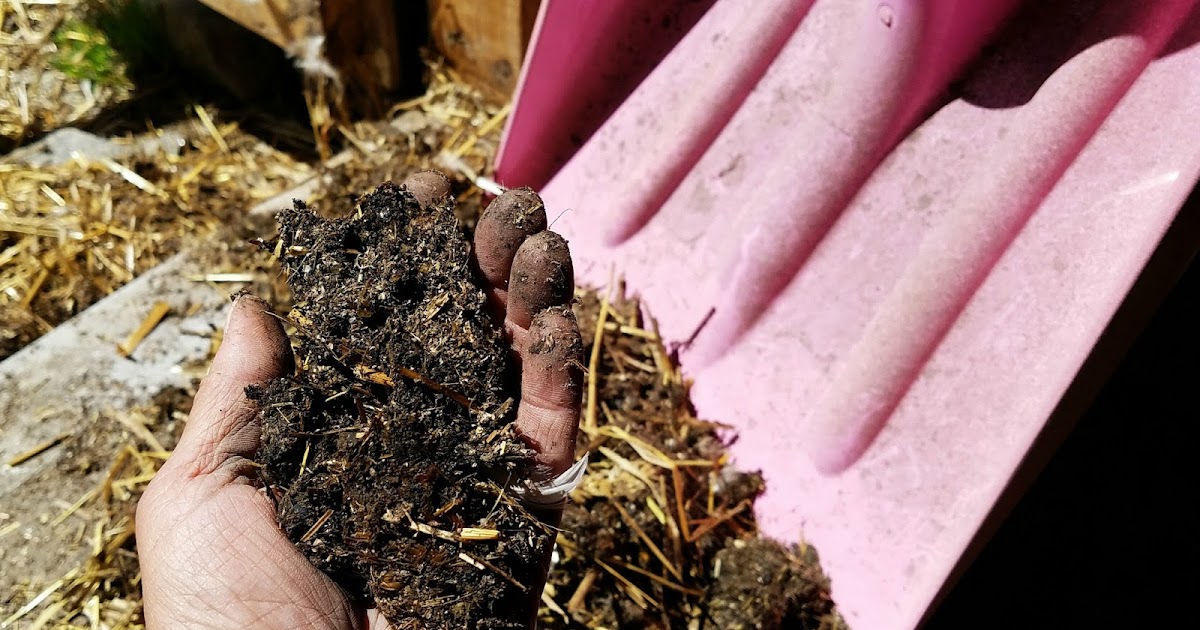
The Deep Litter Method aka Chicken Coop Winter Composting Fresh Eggs Daily®
£1.60 £0.16/each Add Guideline Daily Amounts One typical egg Energy 203kJ 49kcal 2% Fat 3.3g medium 5% Saturates 0.9g medium 5% Sugars <0.1g low